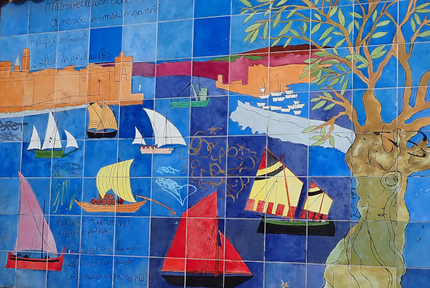Weekend in Marseille: Exploring the Oldest City of France
by Monika Suchoszek
The small park with archaeological remains next to the Marseille History Museum is the place where the story of Marseille began. It was here, in this very spot, that the first Greek settlers from Phocaea breathed life into the city around 600 BC, laying down the roots of what would become the bustling port of Marseille. You can still see the real-size boat used by Greeks to sail on rough Mediterranean Sea to get to this naturally tranquil bay, offering excellent protection from the wind and providing shelter to outlanders.
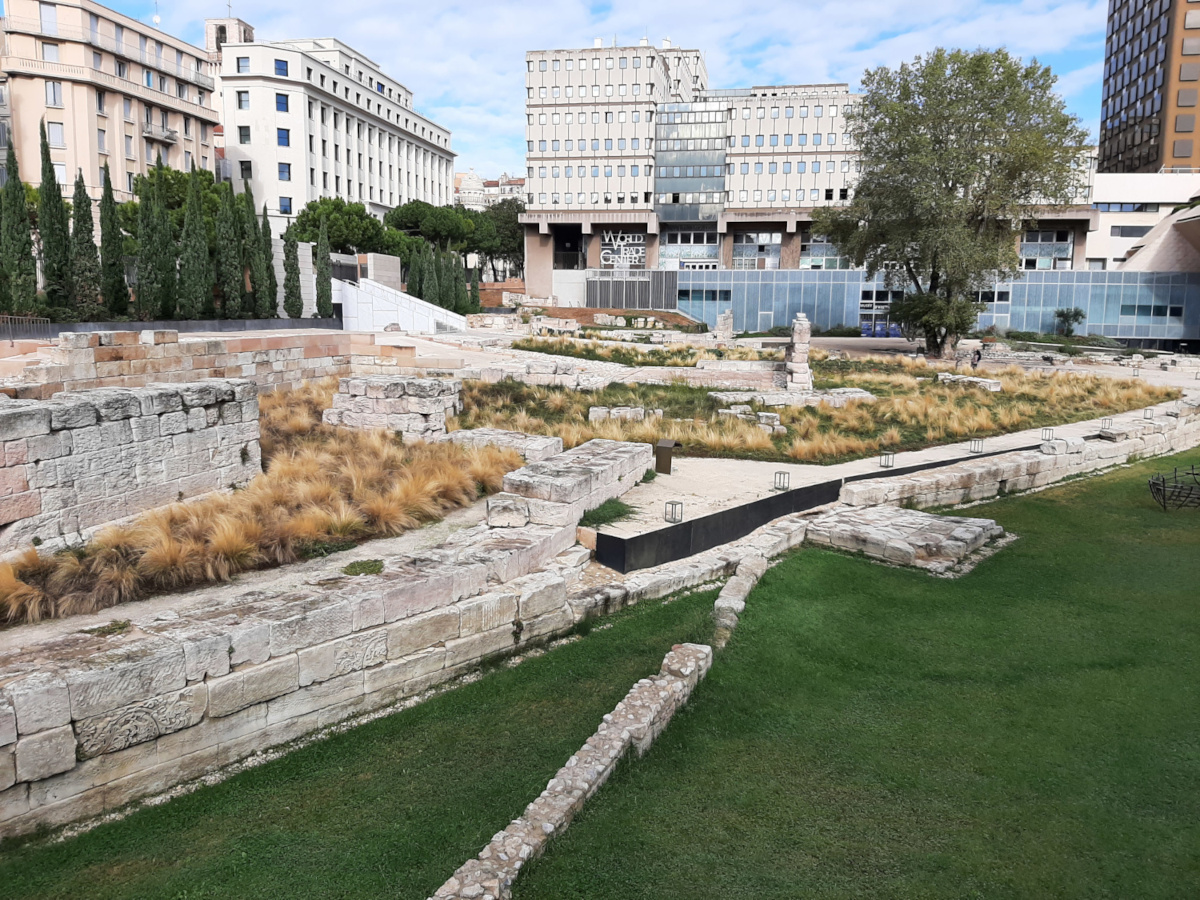
Just a stone’s throw away, the modern port buzzes with activity, visible from the “Mirador de Saint-Jean,” viewpoint close to city fortification that is guiding ships to the entrance of the port. At the port’s end, the Quai des Belges comes alive each morning as fishermen hawk their freshest catch. Here also stands a memorial honoring those first adventurous Greek settlers, commemorating their foundational role in the city’s history.
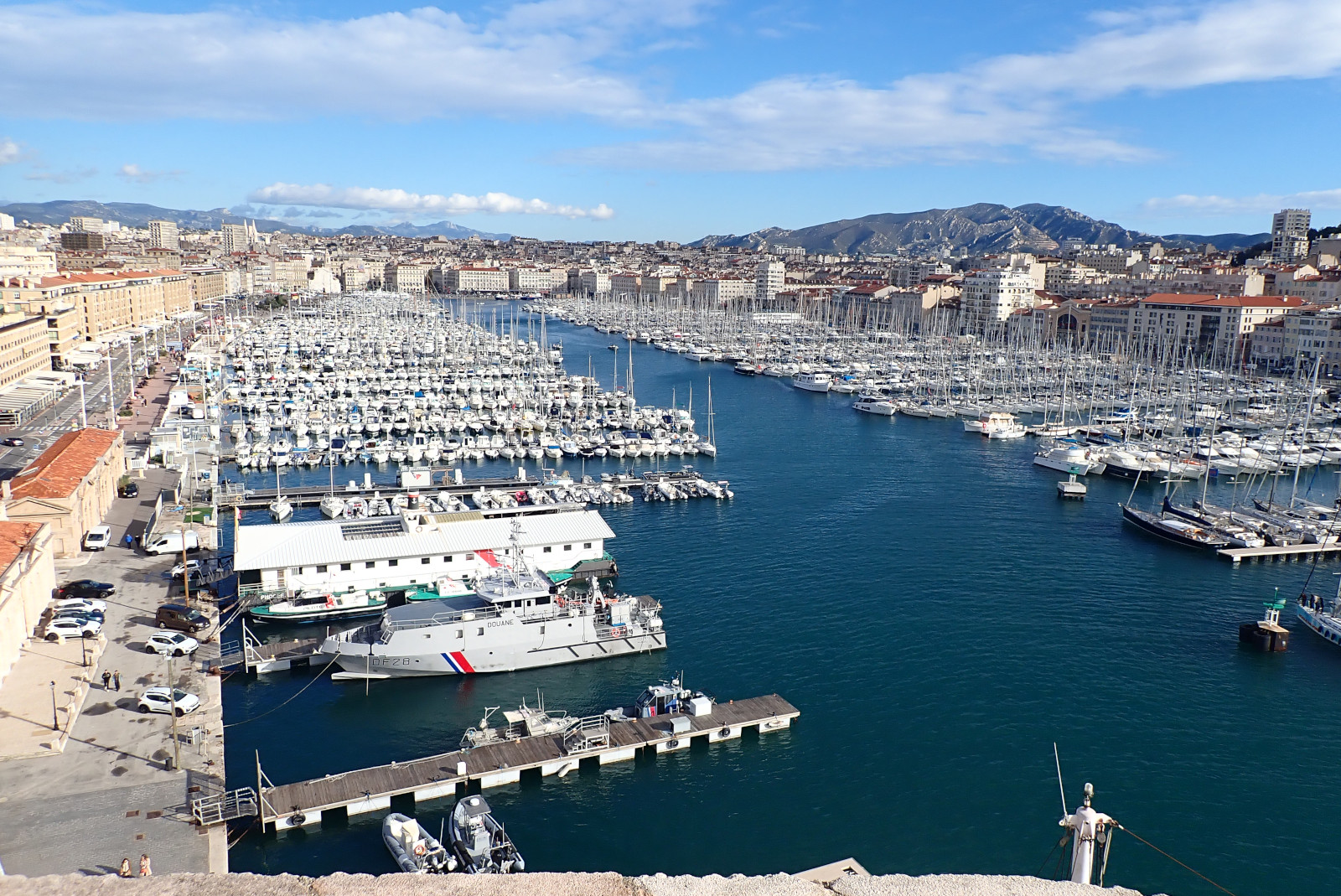
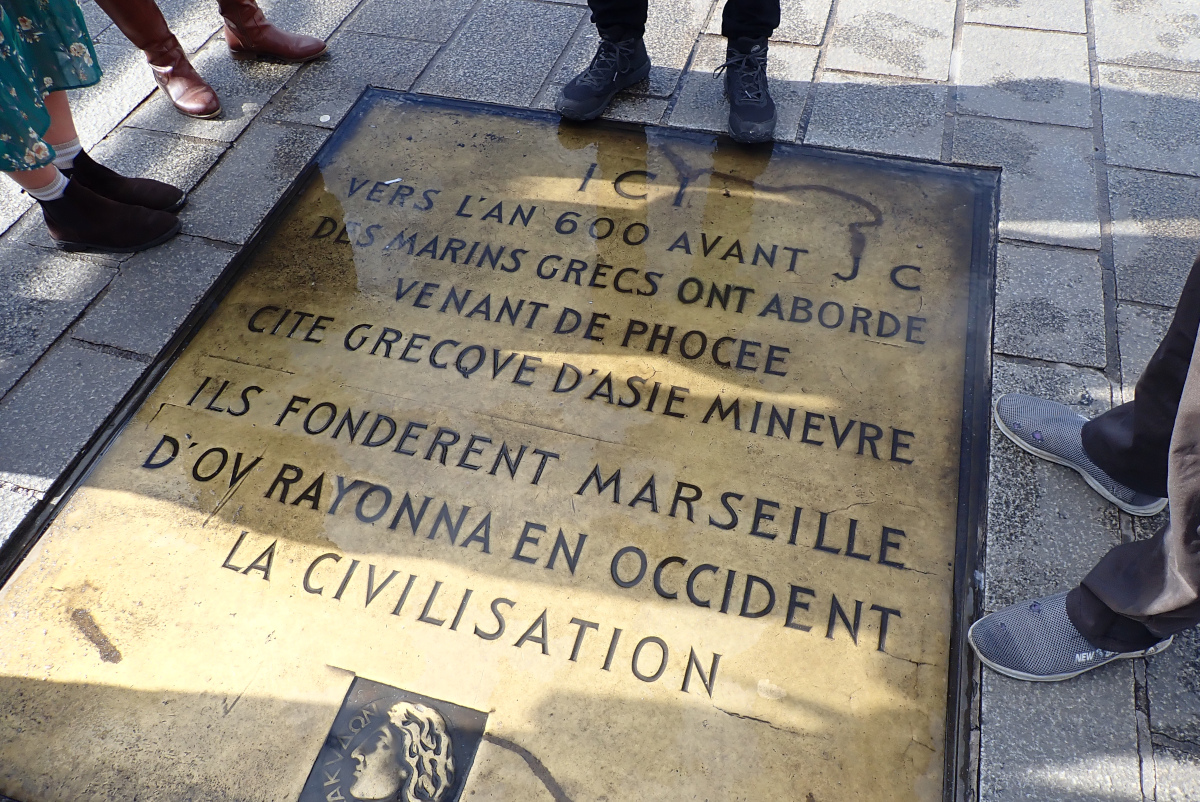
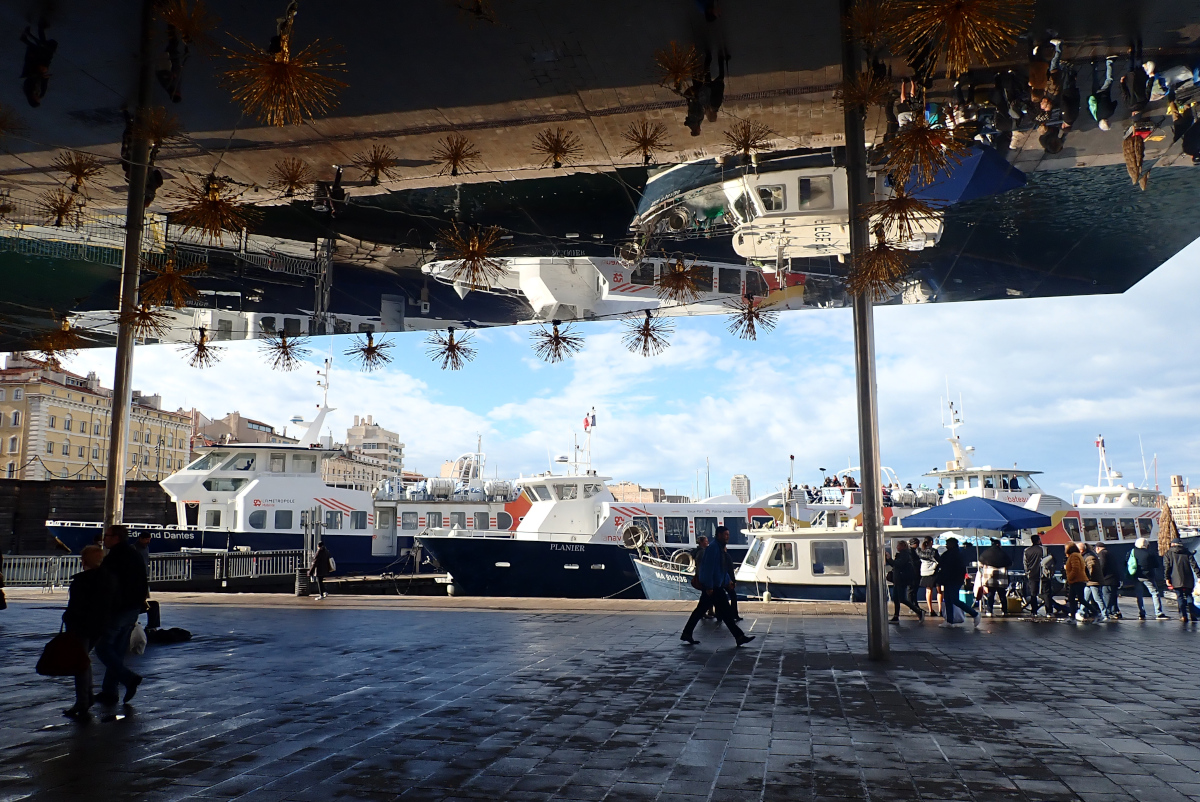
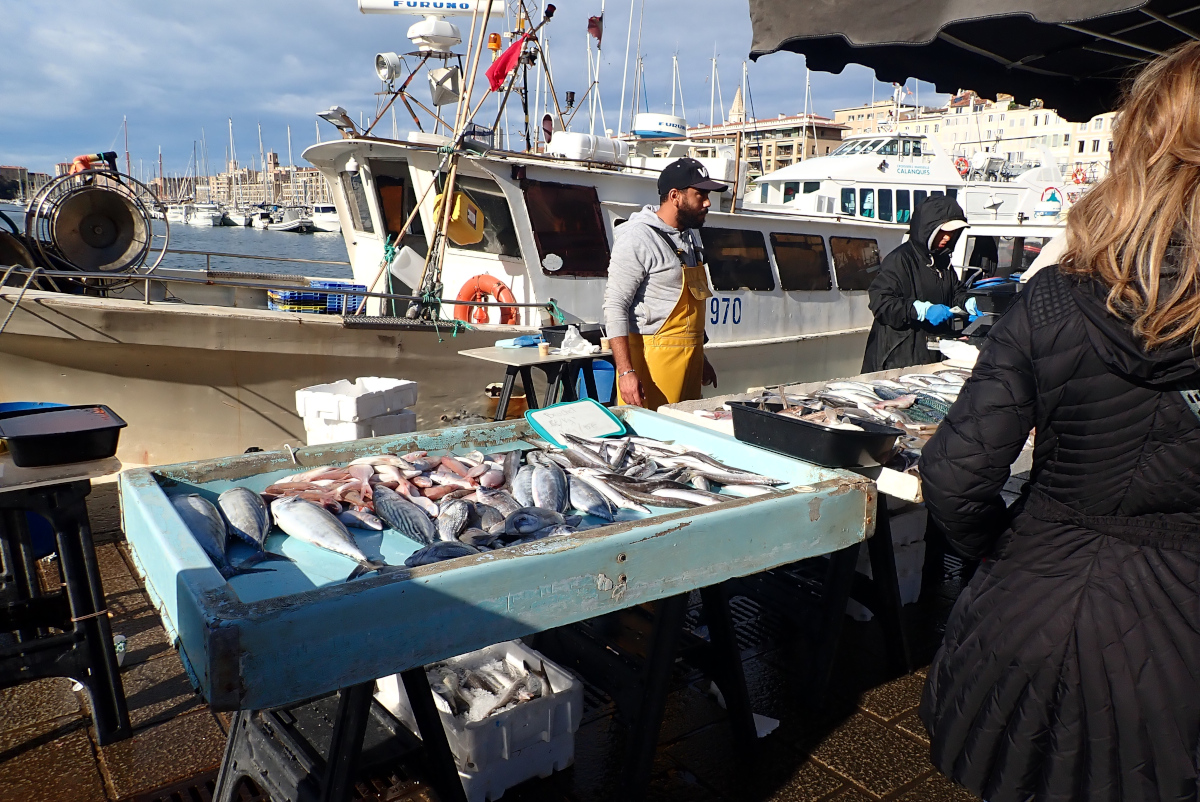
The district of ‘Le Panier’ was in direct neighborhood to our apartment, so we found ourselves wandering through this area a few times, always getting lost in the narrow streets, while discovering some new graffiti, colorful alleys and charming boutiques with Marseille soap. Actually the original Marseille soap looks very boring, just large cube (300g) of greenish soap that has subtle scent. However, this is exactly what your skin needs, 72% of olive oil will definitely moisturize your skin properly and a true panacea for the skin. Don’t be attracted by all beautiful soaps full of colouring, perfume or synthetic additives. Besides cute little shops, you can also find here small galleries and interesting cafés.
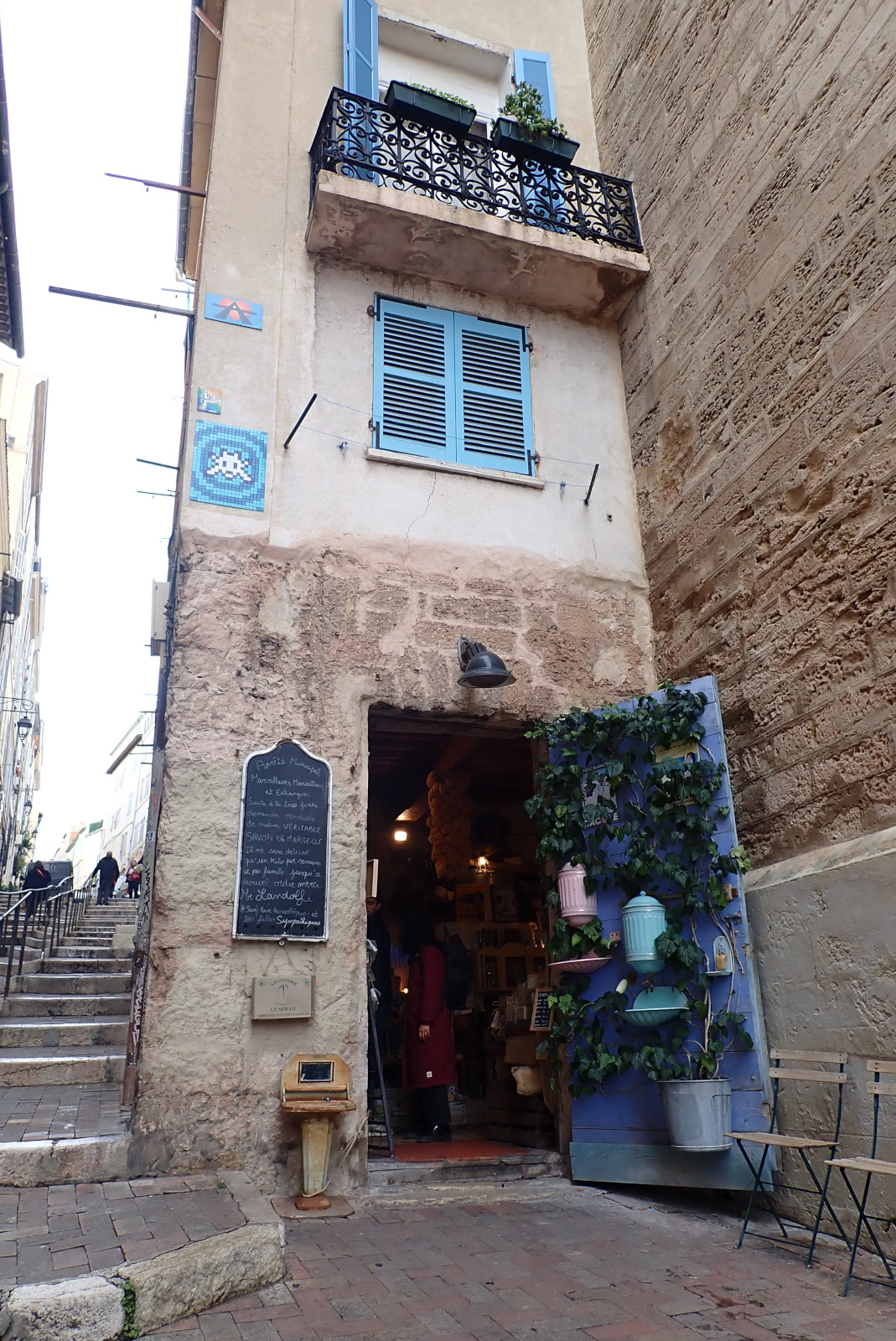
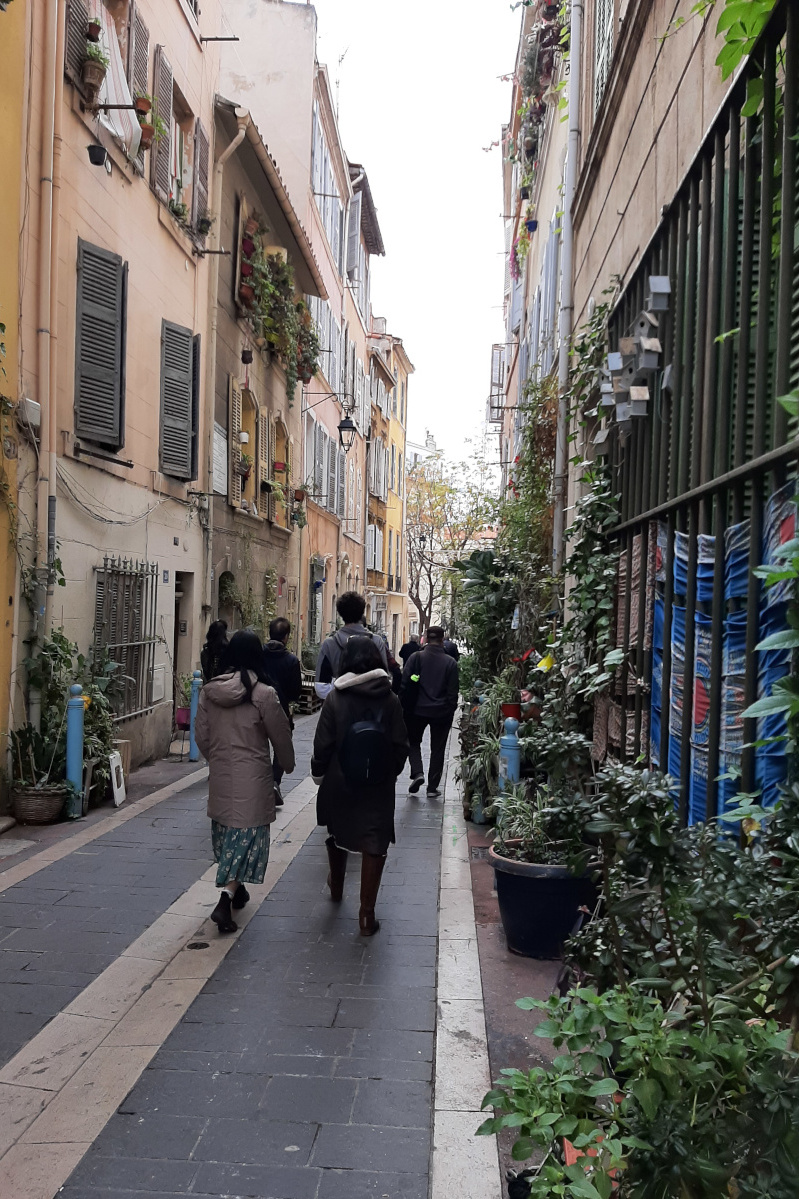
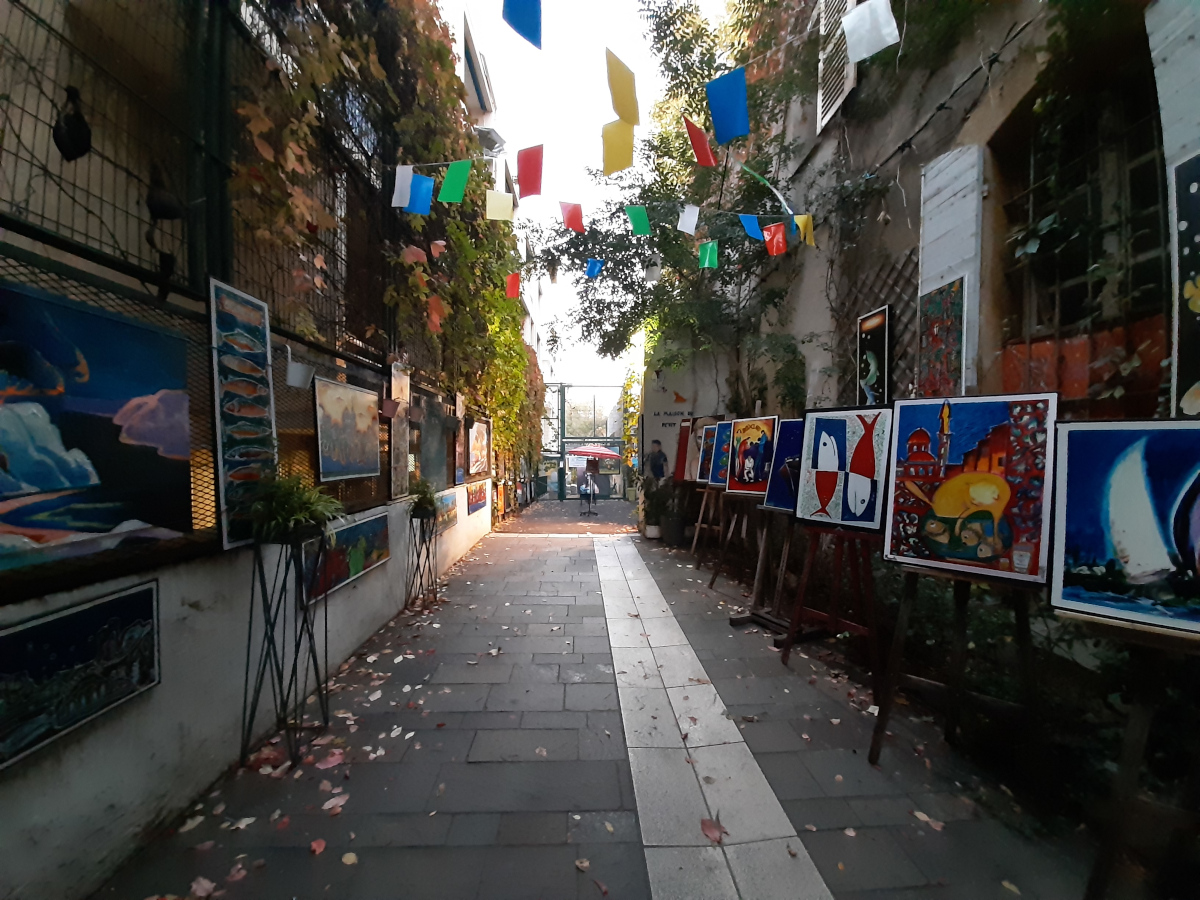
The Old Charity Center’s forecourt, deserted in the chill of November, our guide assured us, would be difficult to pass during high season months when all restaurants and cafés put their tables out here. In late autumn, much like the rest of the Le Panier district, this area empties out, with shops closing and the neighborhood quieting down, awaiting the vibrancy of spring and several busy months to follow. A few years ago, it was still possible to live there, signing a long-term lease, but now the majority of homes are listed on Airbnb. Short-term rentals, even just for a few months, prove to be far more profitable than renting to permanent city residents. We noticed often “Airbnb dehors” spray-painted on the walls, which translates to “Airbnb go away”. A clear statement by locals who cherish living here, but find it less and less affordable to do so.
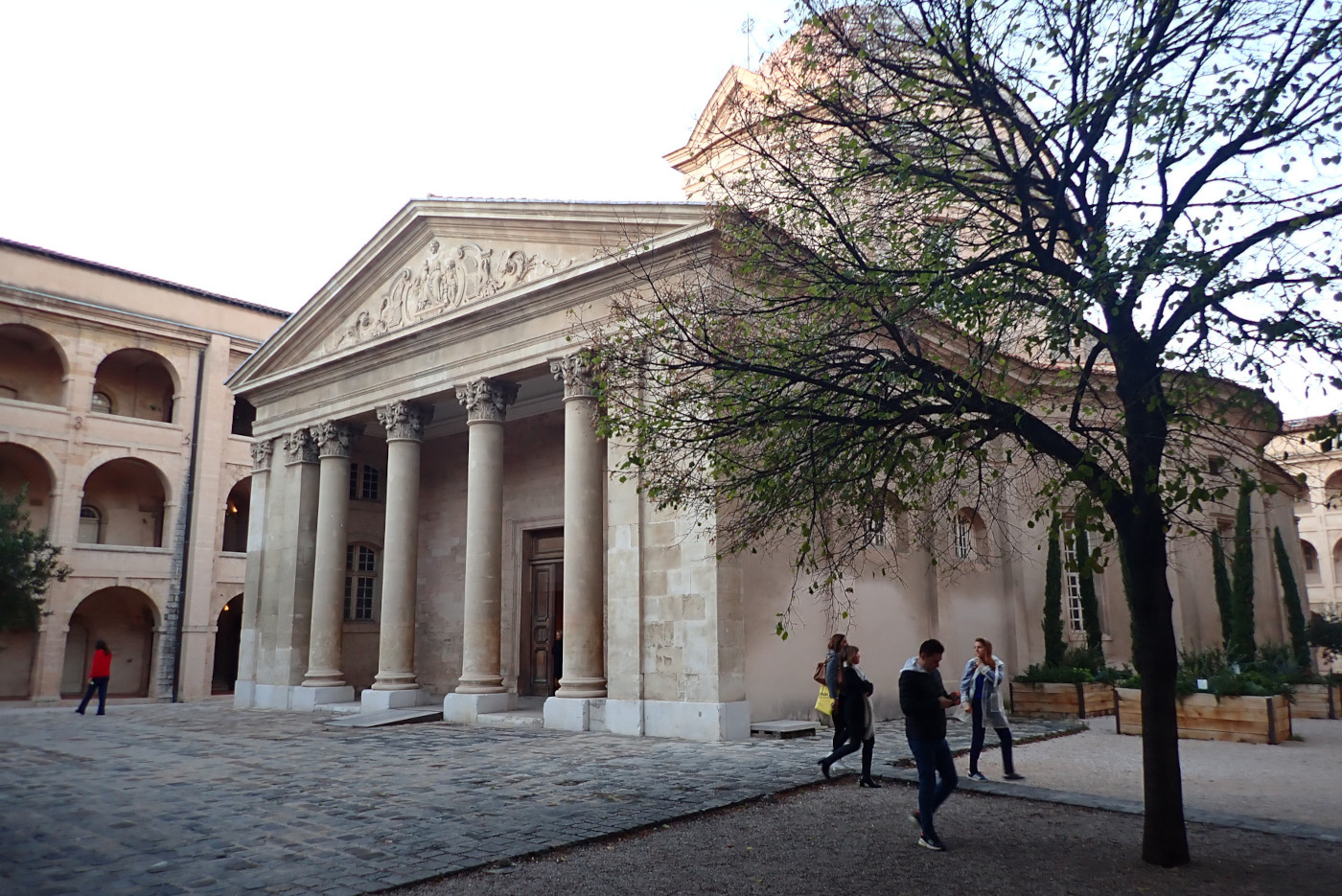
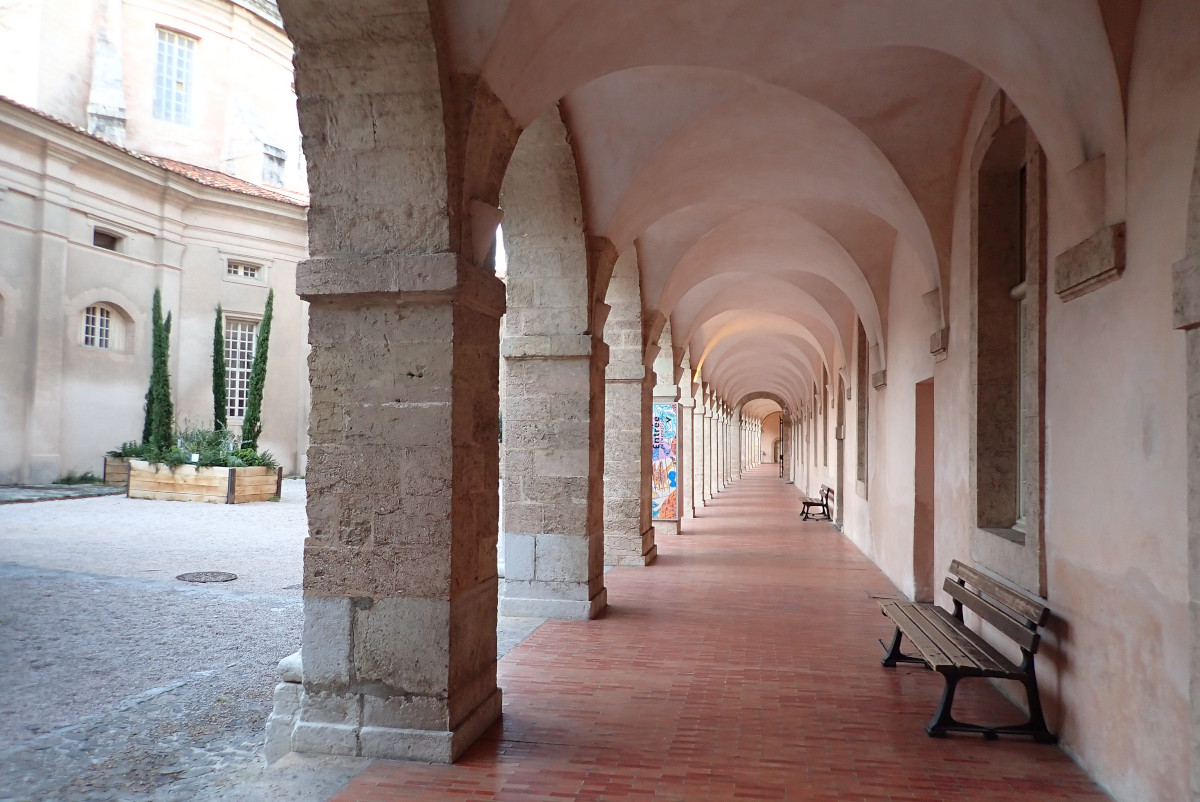
This magnificent basilica, the Cathedral of La Major, was built in the 19th century near the foundation of the original Marseille port. The colors of the walls were stunning, especially when highlighted by the sunset light that accentuated the different stones used in the construction, which lasted more than 40 years to complete. Our apartment was just a few hundred meters from this basilica, so we never got lost as its 60-meter-high tower was very easy to spot. The surrounding area is a great place for an evening walk during the sunset, offering lovely views of the port, MUCEM, and Cosquer Méditerranée just next to it. The floor of the basilica is adorned with magnificent mosaics.
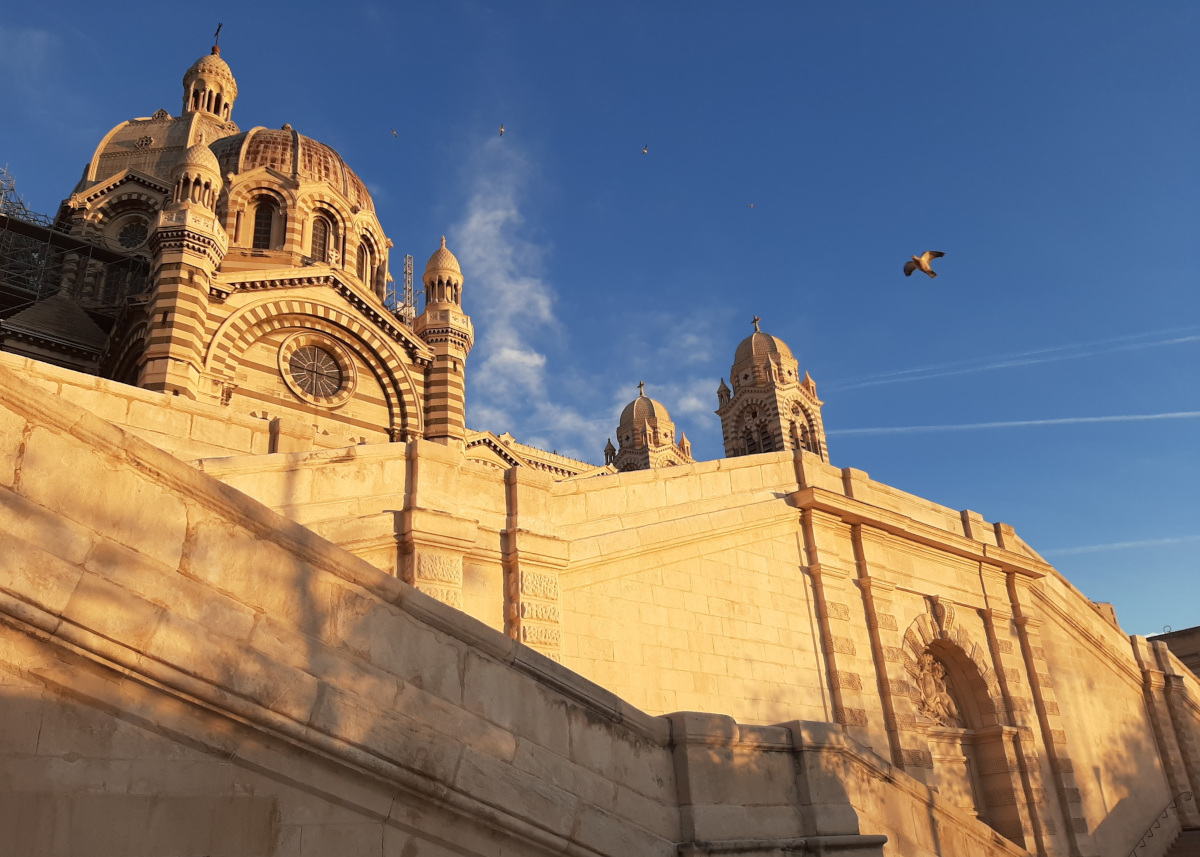
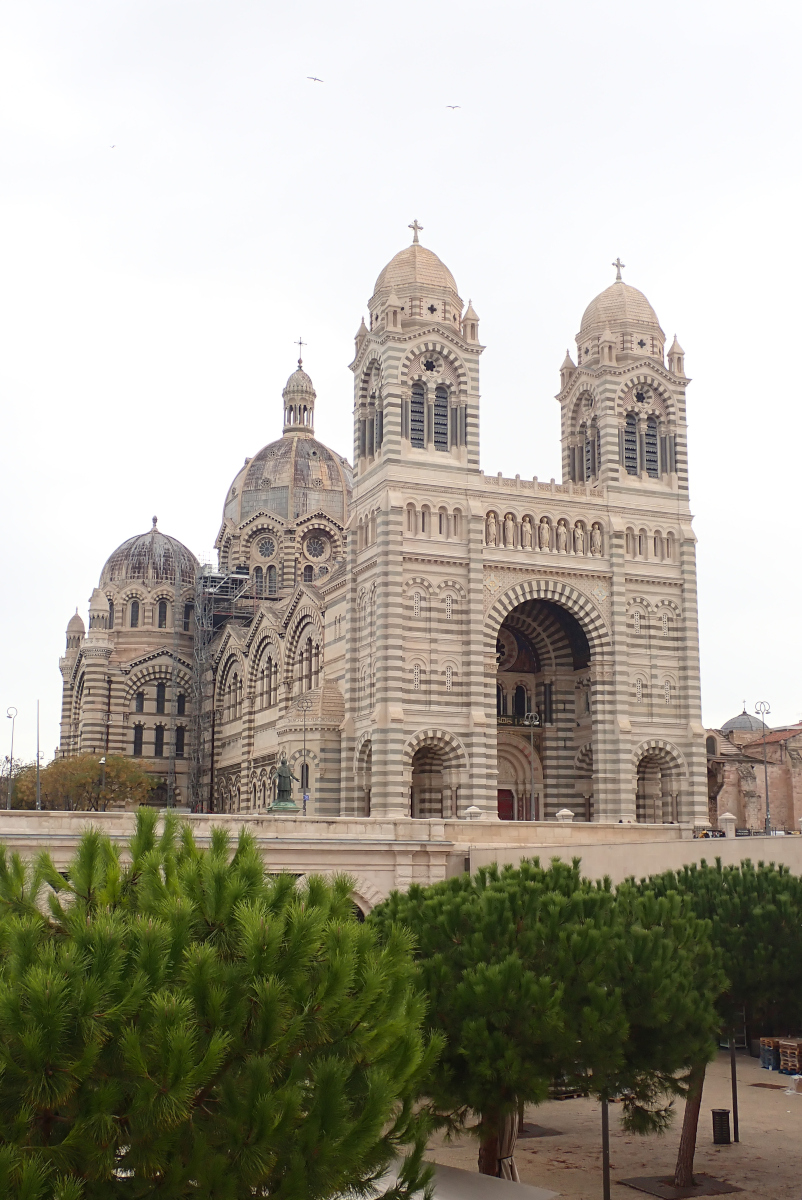
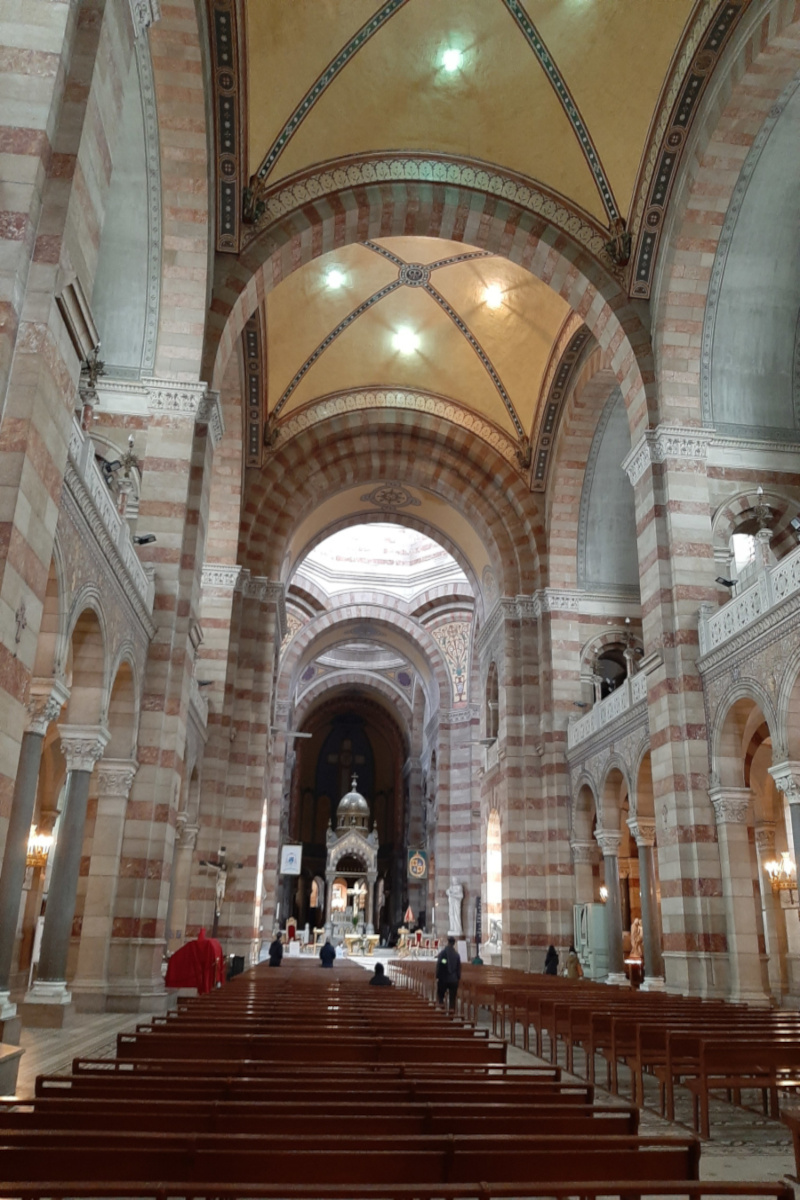
We highly recommend visiting the rooftop of the Museum of Civilizations of Europe and the Mediterranean (MUCEM), which you can reach via a catwalk from Fort St. Jean or through the museum itself. This museum has fascinating architecture, resembling a huge sponge or deep-water corals from a distance. Once on the rooftop, which offers free access, you can soak in the expansive views of the city, harbor, and fort through the intricate outer metal walls. It’s the perfect spot for a break to enjoy the views! This contrast between the fort’s old buildings and the modern museum complements each other beautifully. As we continued, we explored the narrow paths and gardens, finding the tranquility and warmth of the sun in secluded corners where the wind couldn’t reach us. Multiple viewpoints allowed us to admire both the Basilica of Notre-Dame de la Garde and the Cathedral of la Major. Our exploration was full of surprises, from hidden squares with fountains to murals of women and an abundance of plants that made this place truly unique. It’s a must-visit if you’re looking to escape the city’s bustle.
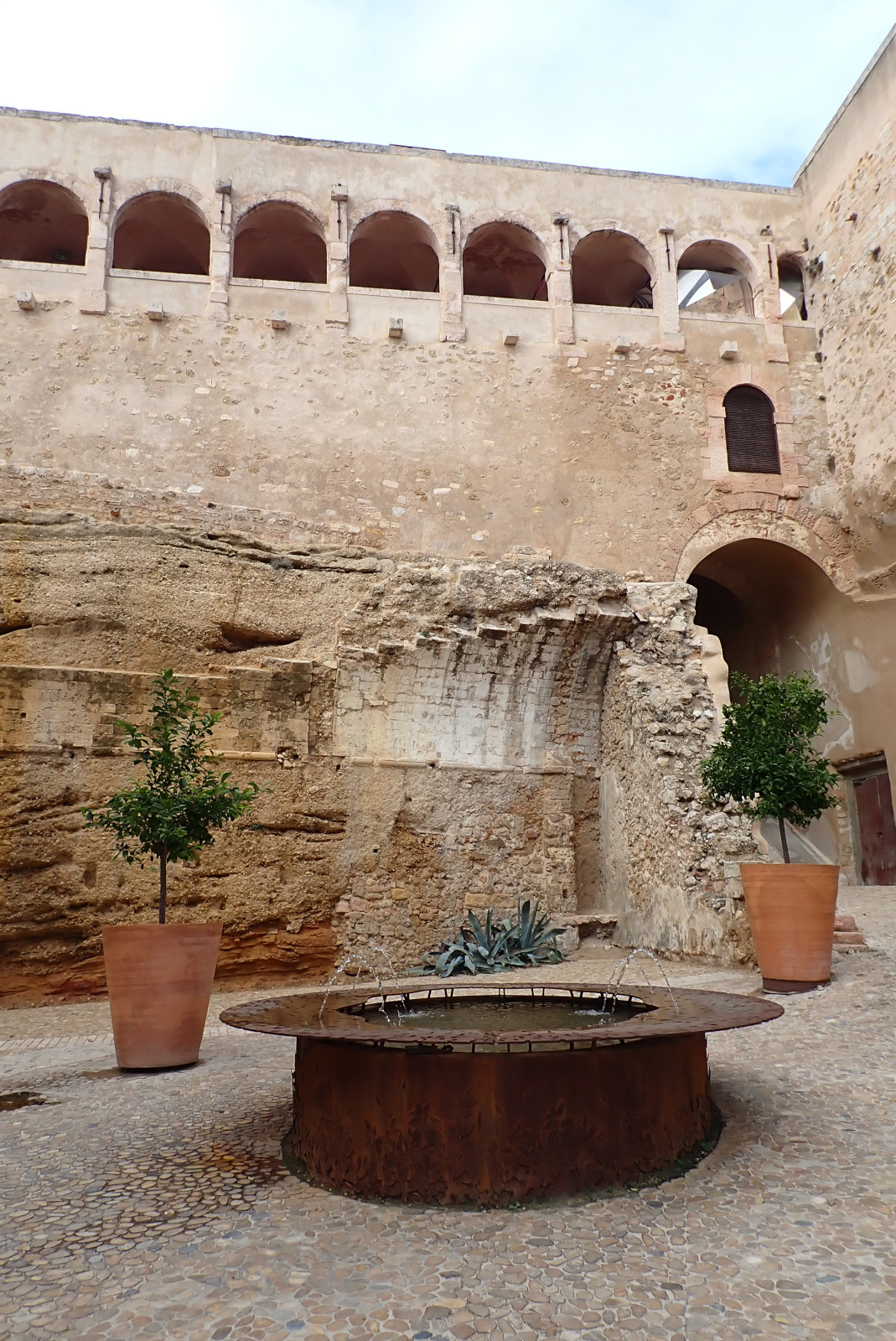
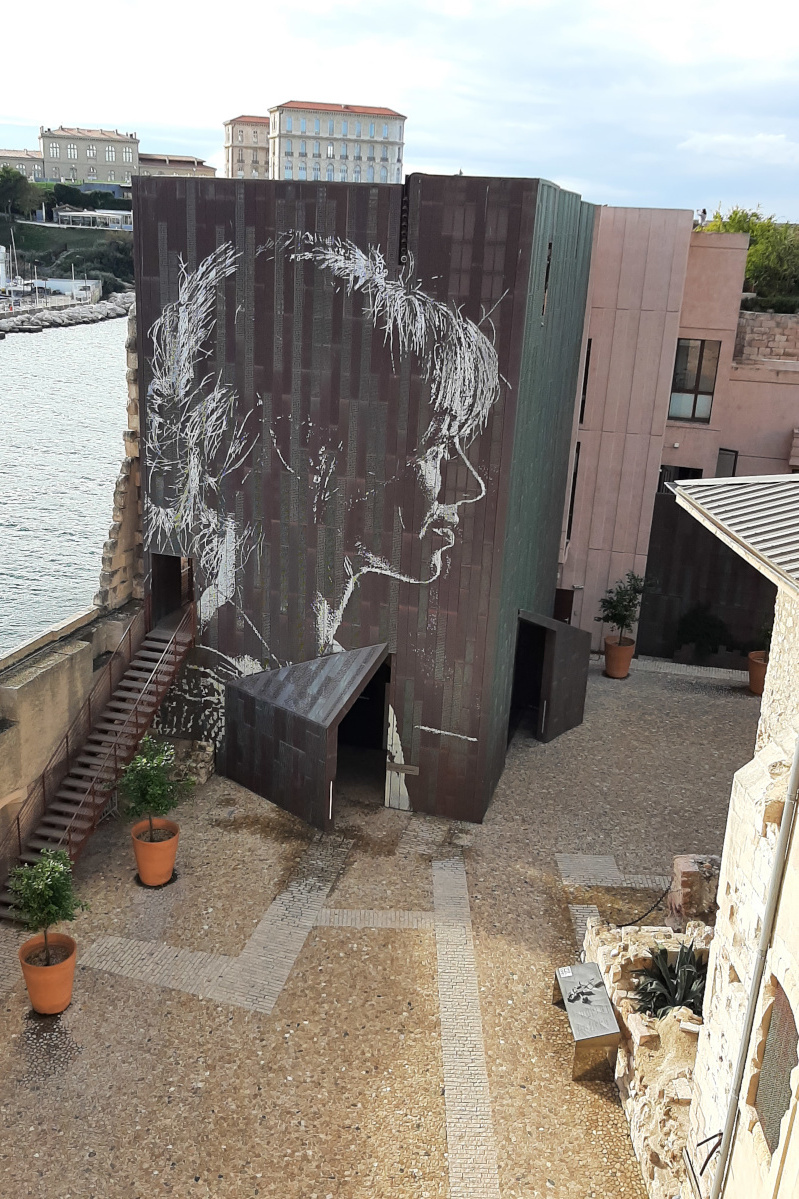
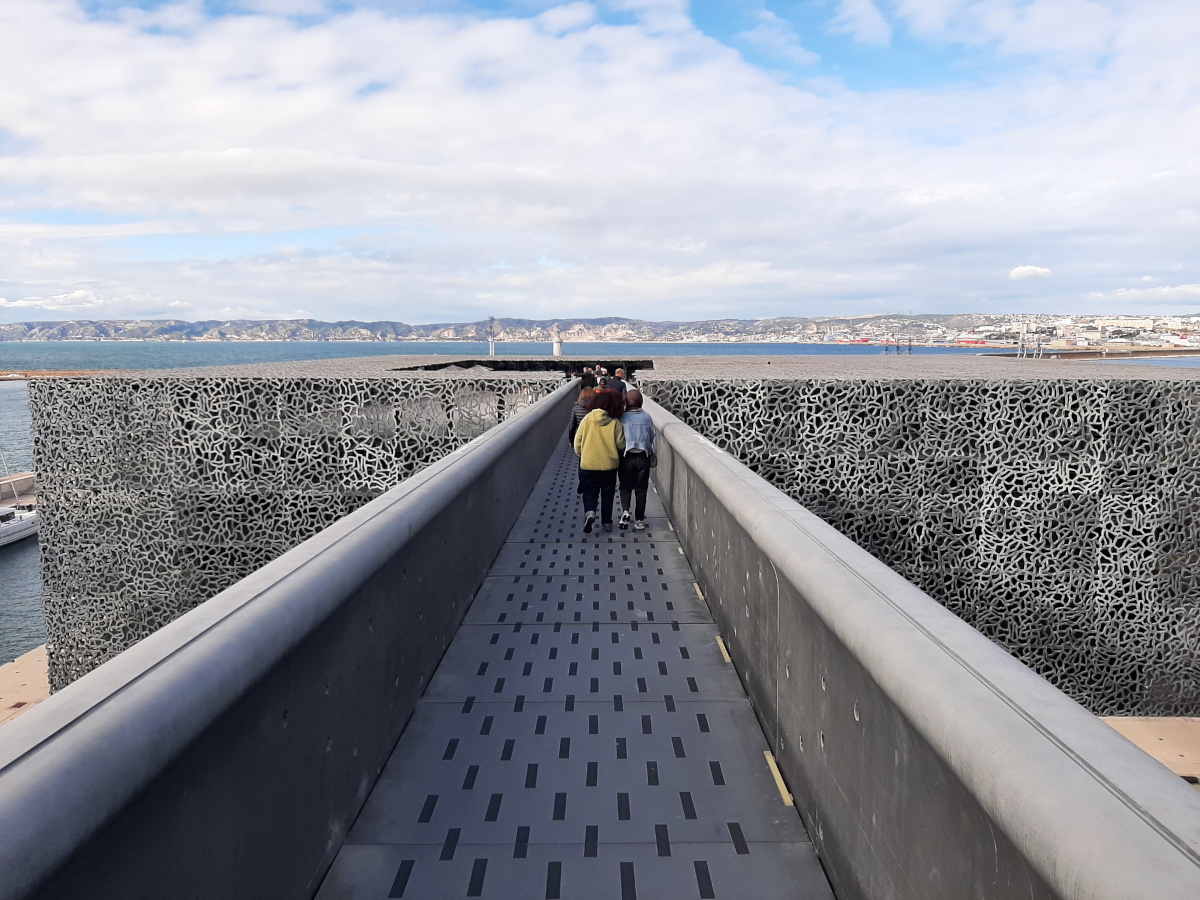
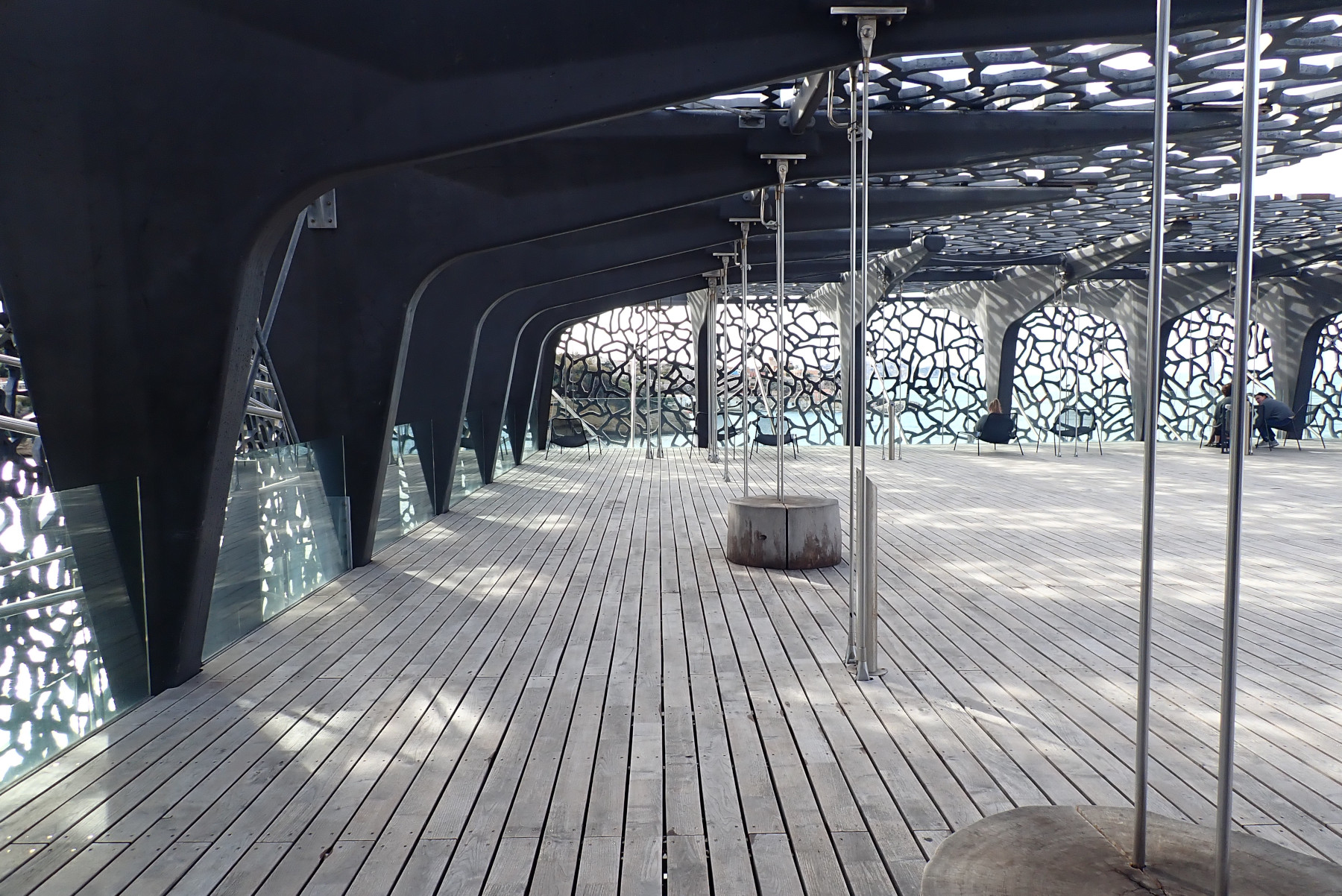
The Basilica of Notre-Dame de la Garde, offering a 360-degree view of the city, is undoubtedly a must-visit destination. Although we didn’t spend much time inside the church, we couldn’t help but notice the fascinating decorations, including ships suspended from the ceiling, which emphasize the city’s deep connection to the sea. Make sure to look up—the ceiling is breathtaking! From the outdoor area, you can take in the extensive panorama of Marseille, including the new cruise port situated in a more industrial part of the city, which lies beyond walking distance from the old historic center.
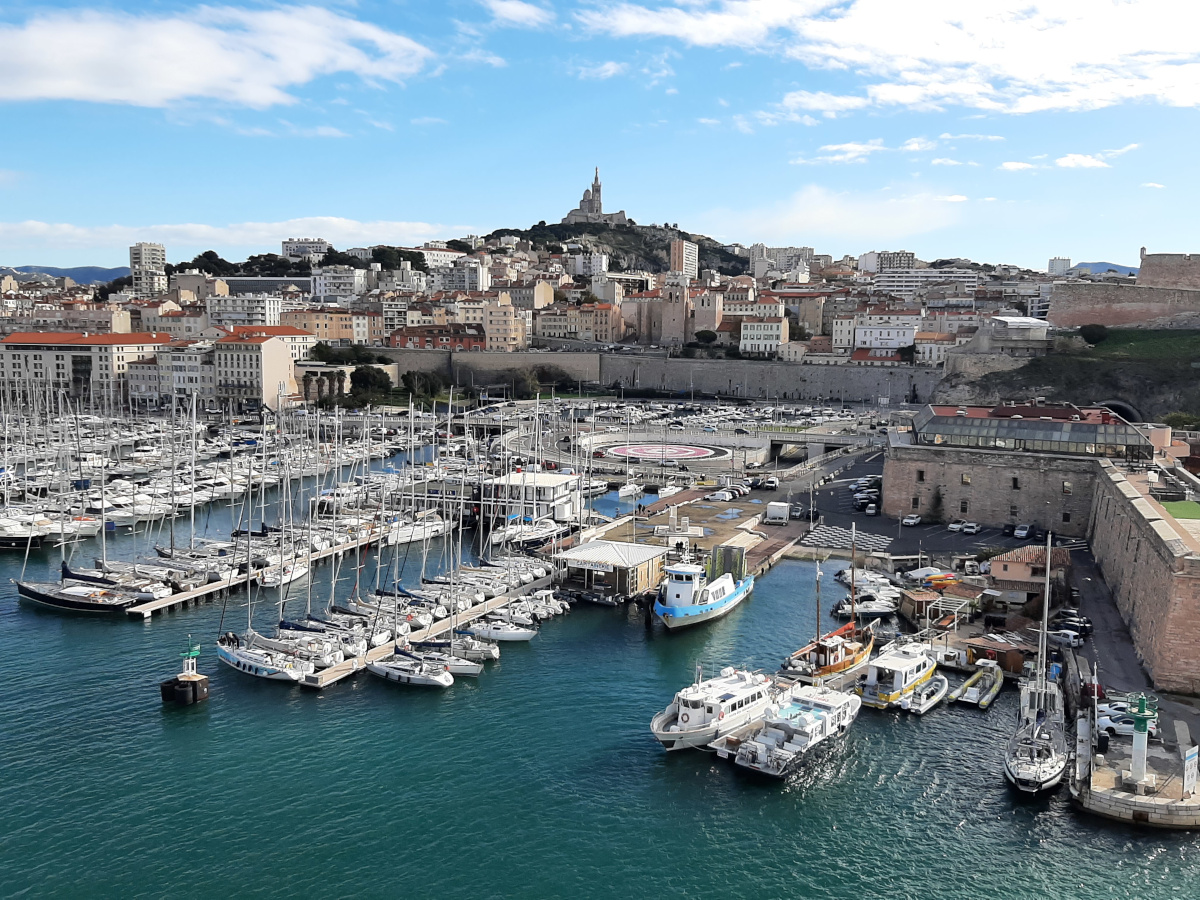
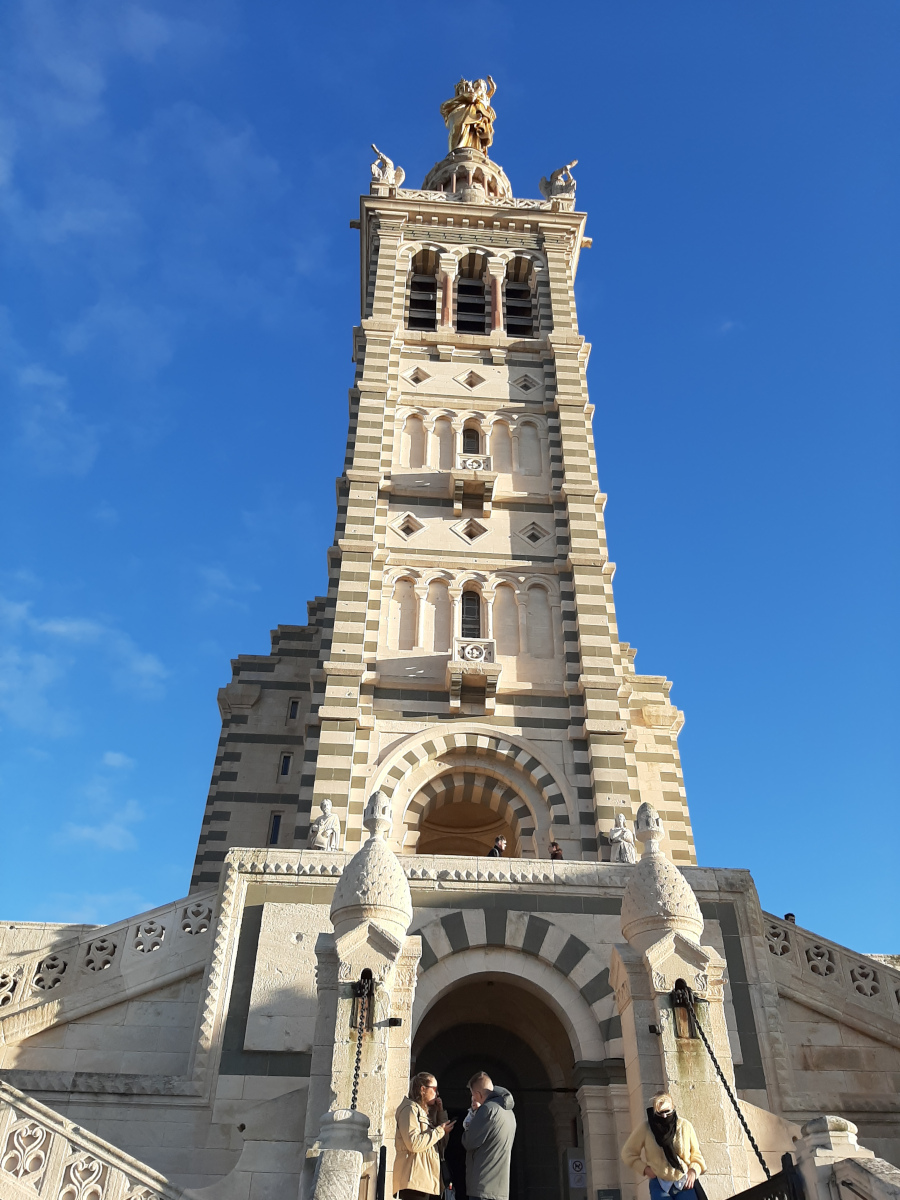
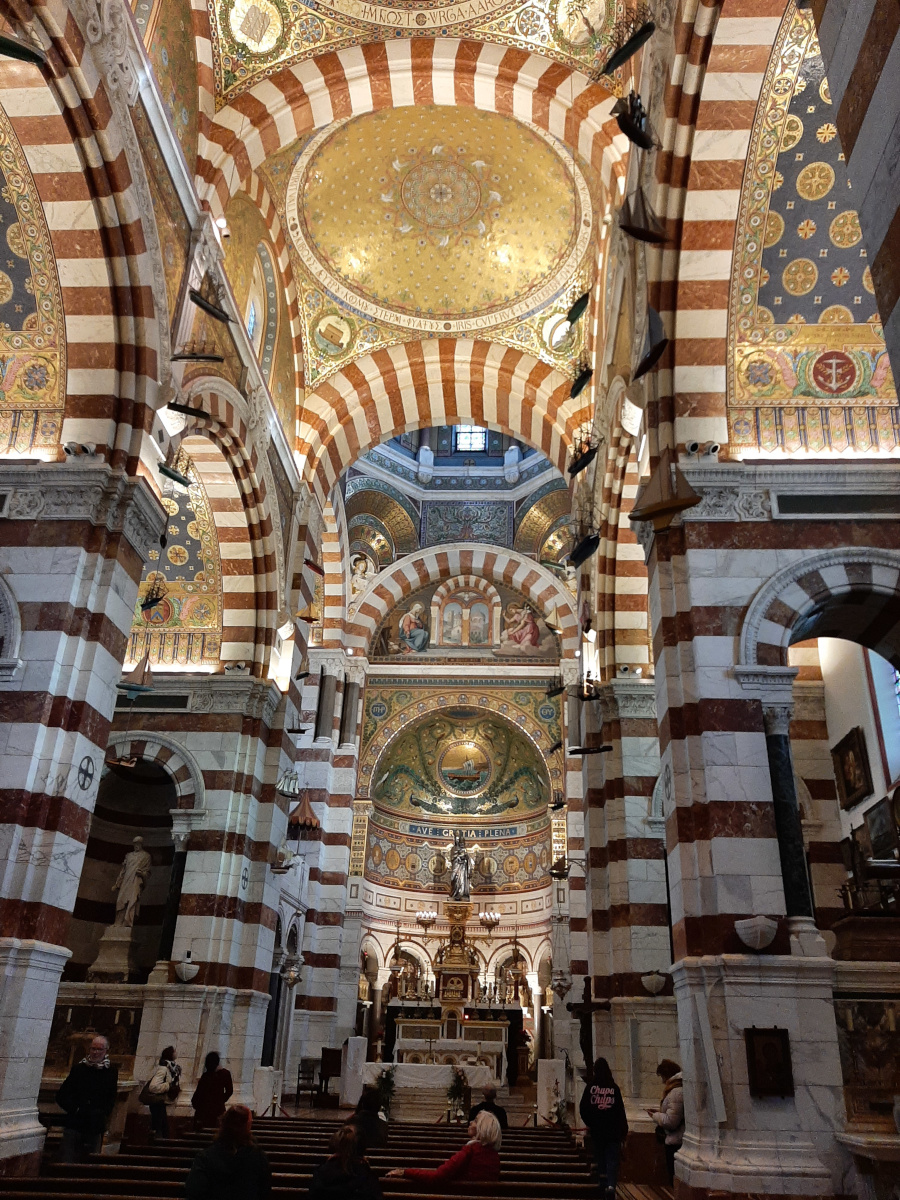
From the back side of the church, the view opens up to Endoume, the city’s most prestigious neighborhood, where houses are densely nestled together, surrounded by the sea and mountains
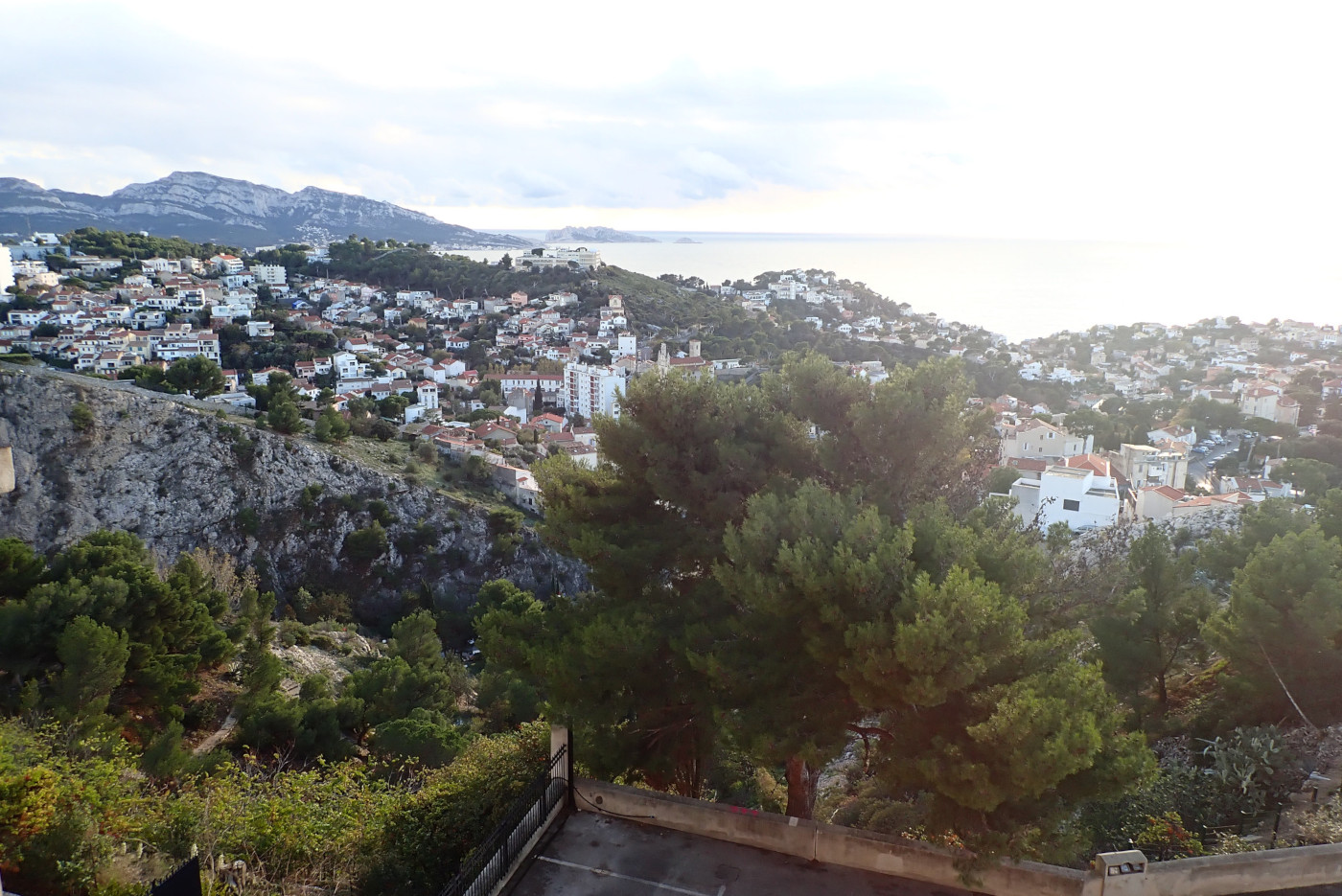
The Orange Velodrome Stadium and big apartment complexes were definitely standing out among the buildings on this side of the city with the stunning Calanques National Park in the backdrop, our destination the next day.
We love nature and hiking, so we always try to combine short city trips with at least one day spent in nature. Calanques National Park, located between Marseille and Cassis, was the obvious choice after examining the map of the city’s surroundings. Hiking, rock climbing, swimming, and canoeing are the primary activities available in this national park. The sharp, white cliffs and the clear waters at their base create a magnificent view that you can enjoy along the hiking path. A ‘calanque’ is a unique type of geological formation made of limestone found along the Mediterranean coast. The first photo below shows the main viewpoint, Sugiton, which is the most accessible one at approximately 2.5 km from the bus stop. From here, you can also descend to the beach (about an extra 1 km) or extend your walk by several more kilometers toward Cassis, following the main GR trail. That was our choice, and we didn’t regret it at all! The path was very rocky and demanding, with many steep and narrow parts, but the fabulous views were well worth the effort. Unfortunately, we had to retrace our steps because we were unsure of where the other paths led; Google Maps wasn’t very helpful this time, and relying solely on the markers on the rocks wasn’t sufficient for navigation.
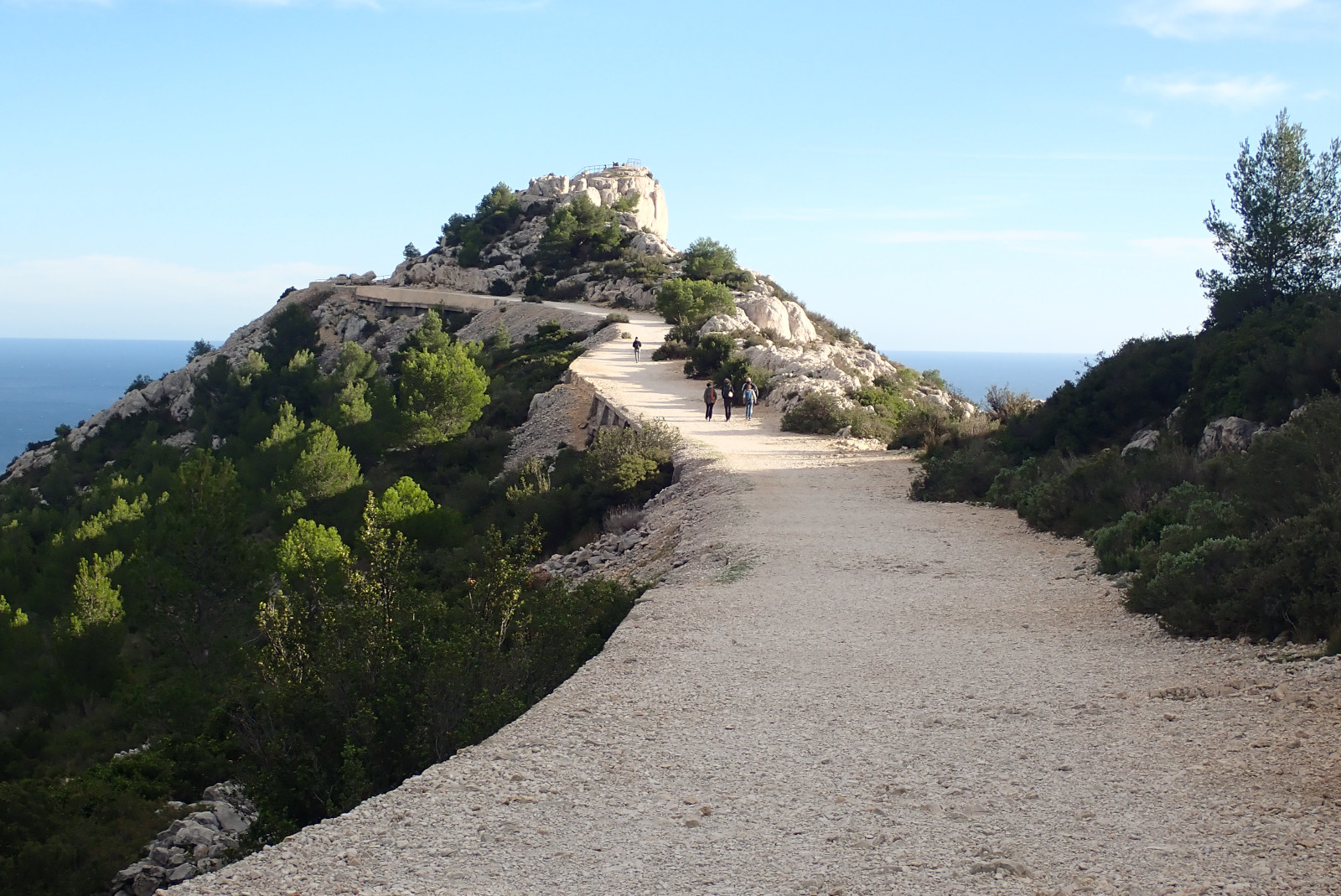
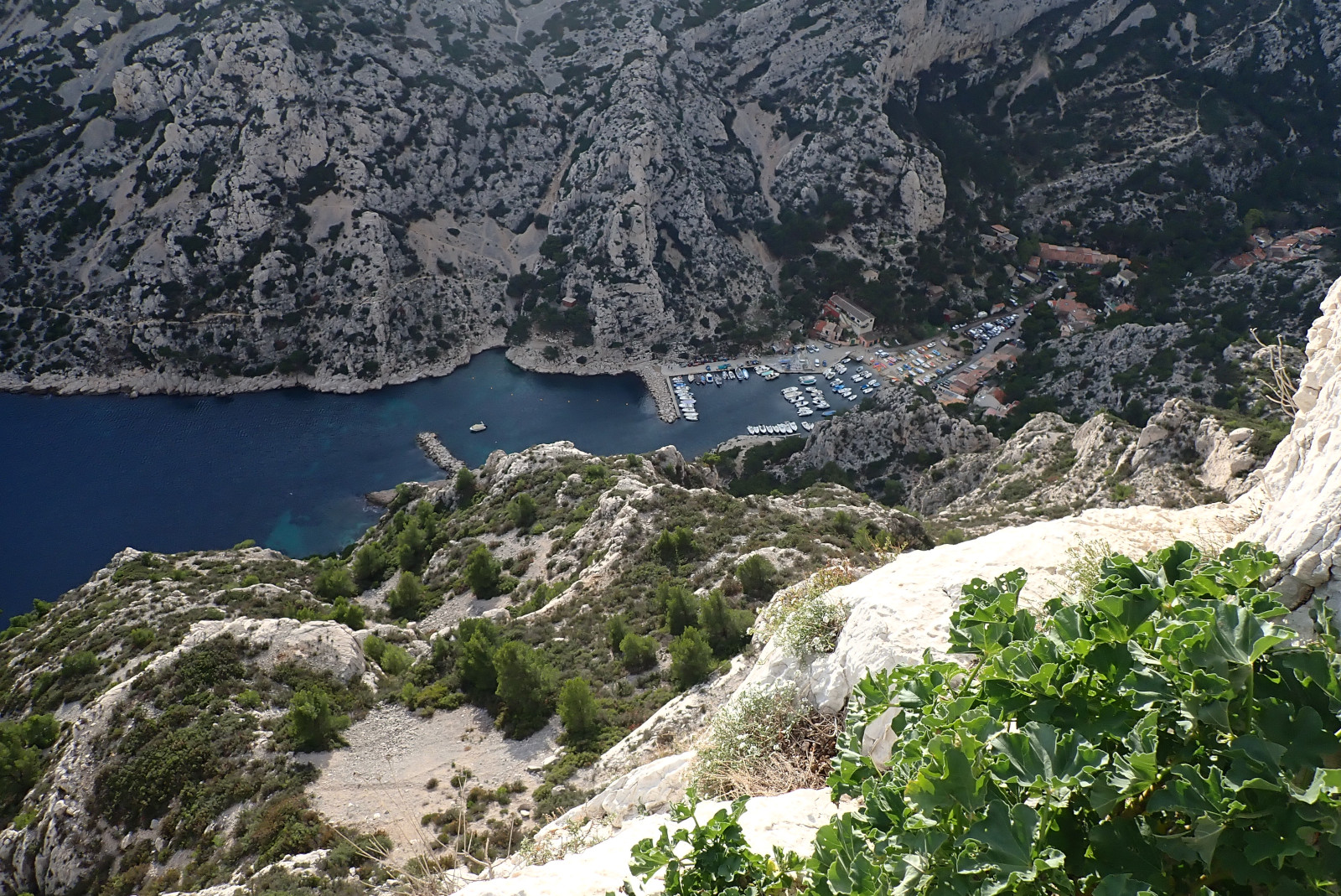
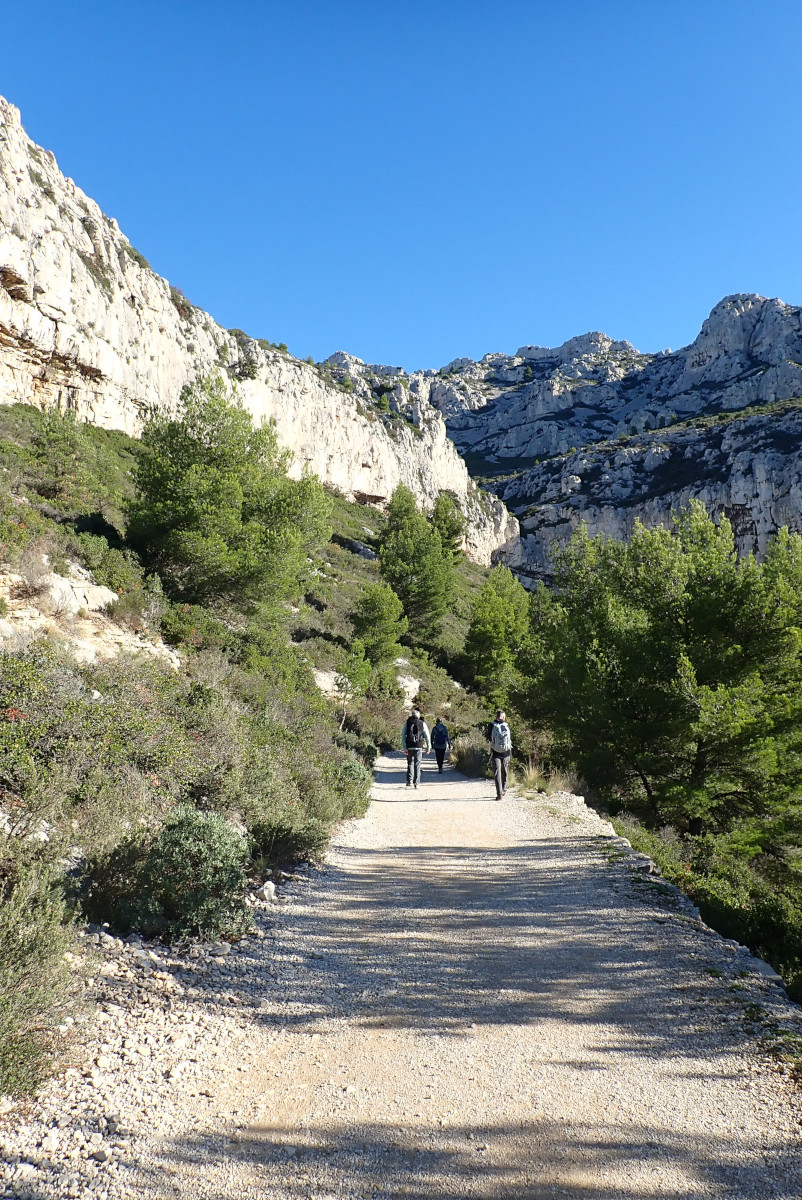
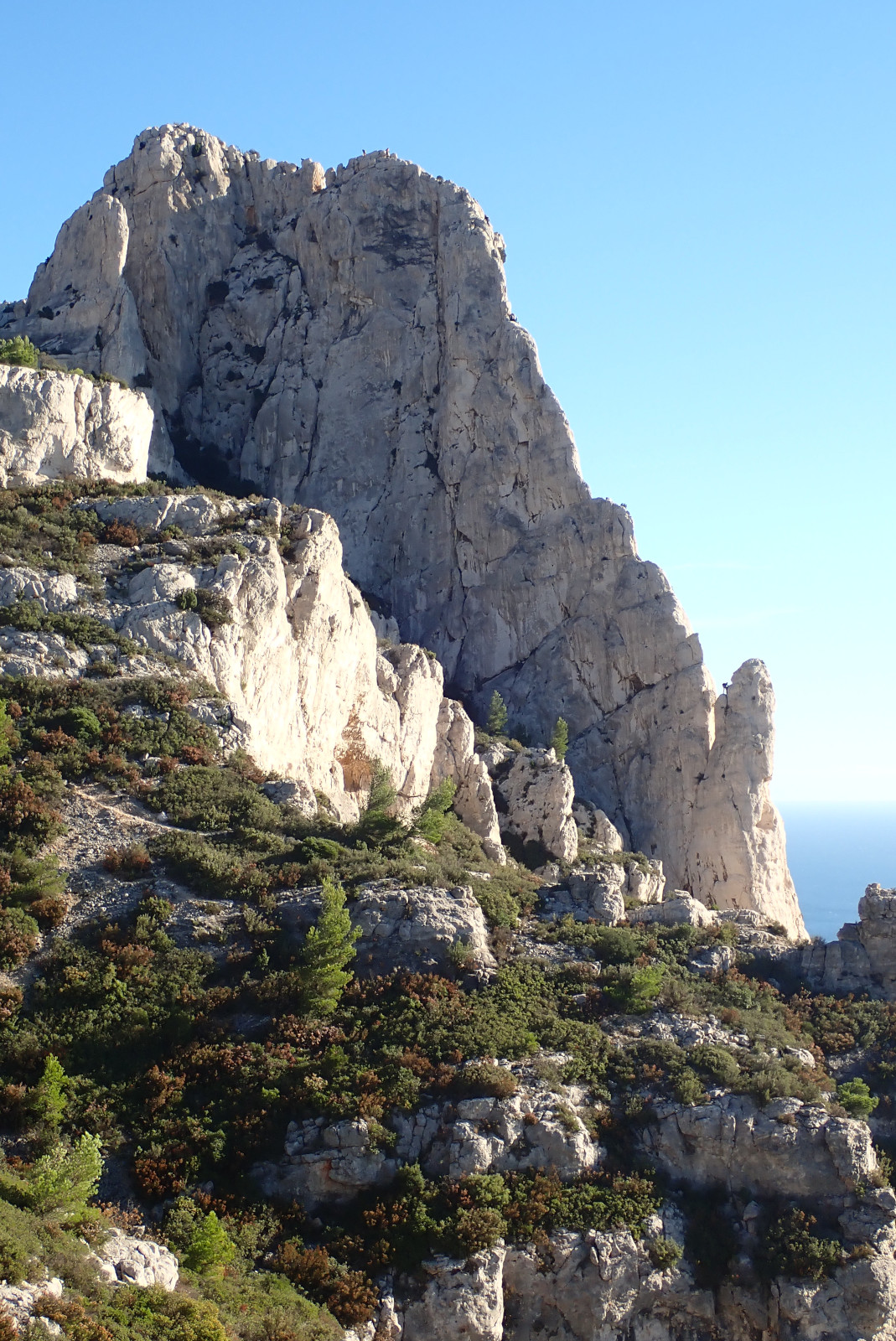
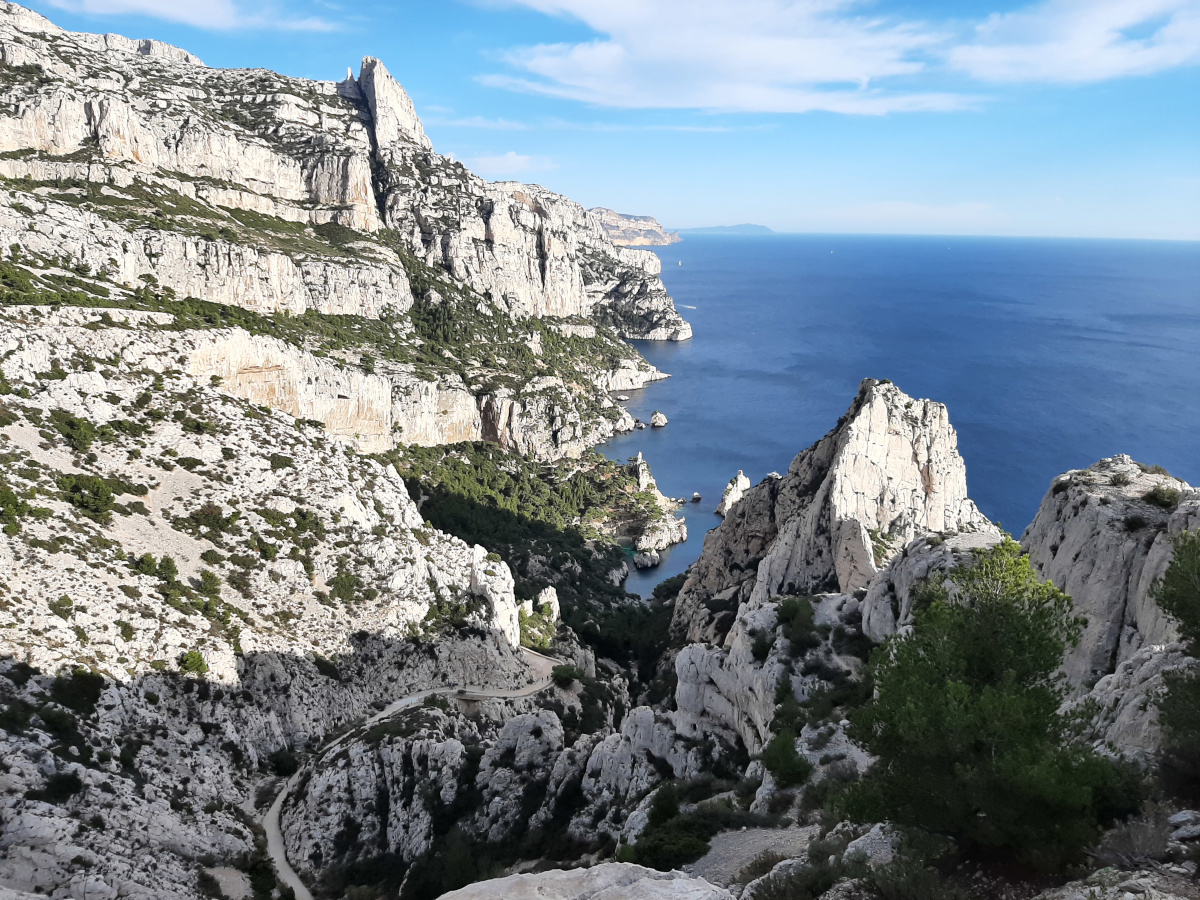
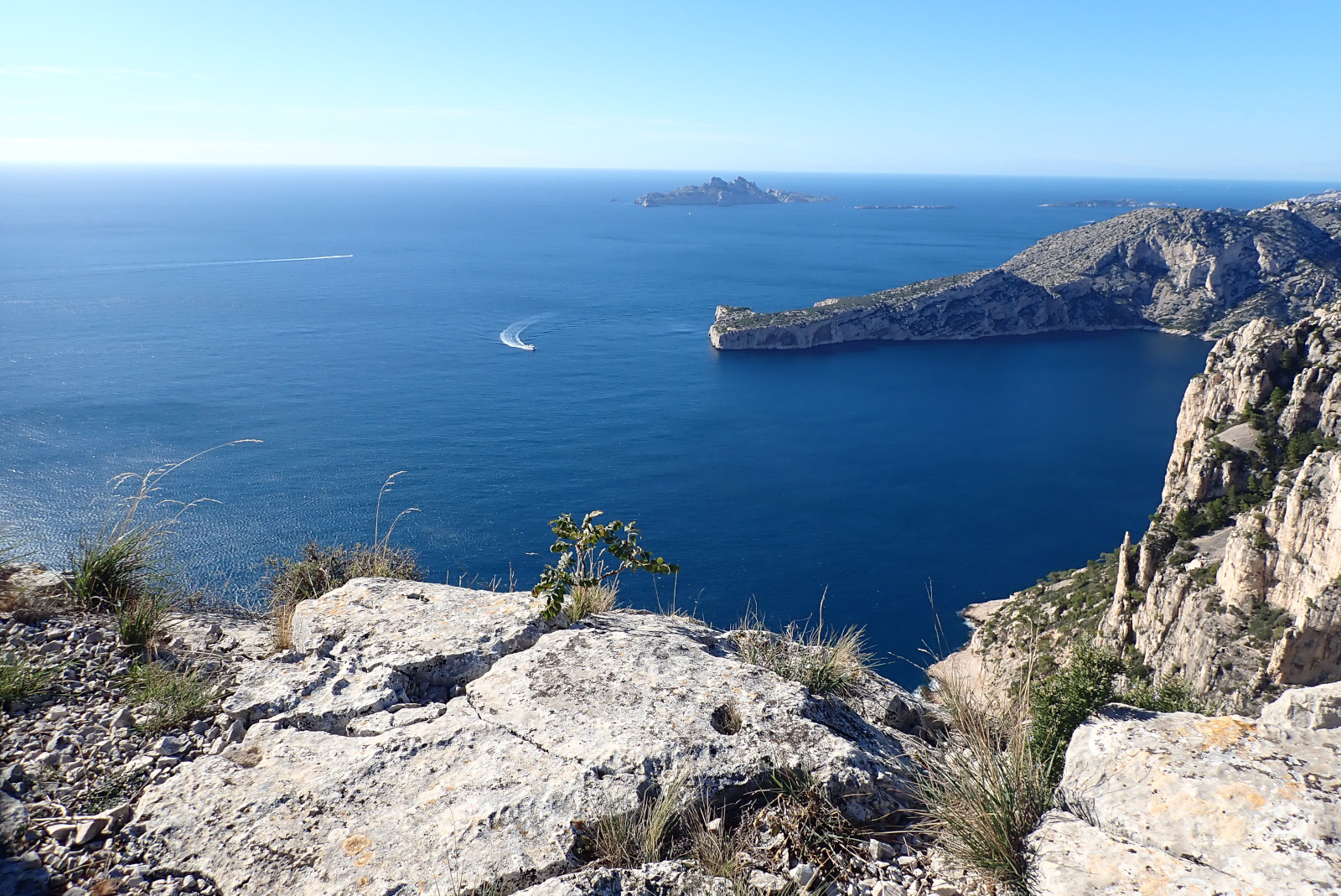
On our second evening, we spent time at the Cosquer Cave replica museum, located just a few hundred meters from our apartment. In 1985, the cave was discovered by Henri Cosquer, a diving enthusiast, who found the entrance leading to an immense submerged gallery. This nearly 175-meter-long passage unveiled a real treasure dating back 30,000 years, featuring over 480 pieces including paintings and engravings of penguins, deer, ibex, bison, as well as hand prints and traces of a fireplace. At that time, the sea level was about 120 meters lower than it is today, and the shoreline was several kilometers distant. However, due to rising sea levels, this prehistoric site is at risk of vanishing, with some artworks already partially submerged. The urgency to preserve and share this unparalleled discovery with the world has become urgent. Currently, the cave is not accessible to the public, and its entrance has been sealed for its protection.
Practical info:
-
We rented an apartment on Airbnb in the La Joliette neighborhood, just a few buildings away from Marseille Cathedral, located on the 6th floor without an elevator. There were many similar rental offers. This might not be the best solution for people with a lot of luggage or those with children. When maritime traffic exceeded the capacity of the Old Port, a new one was established, and our apartment was situated right at the entrance to this vast port. The ‘Saint-Charles’ train station is within a 15-20 minute walk, so we didn’t even consider using public transportation.
- Guided tour Marseille Free Walking Tour for about 2.5hour
- Delicious patisserie La Pâtisserie des Marseillais Pascal Guglielmi
-
Bus number 60, from the Capitainerie bus stop to the Basilica of Notre-Dame de la Garde, offers an almost 20-minute ride. There is no entrance fee for the church. We only spent about 15 minutes in the area around the church due to the strong winds and cold weather, and we returned using the same ticket, which was valid for 1 hour. When we boarded the bus again, we scanned our ticket, but it wasn’t charged, and we were able to use it the next day for the metro. Each ticket we bought was valid for 2 rides, but the machine offers multiple options when selecting the number of rides. For those with children, taking the small train from the old port (located directly across from the city hall in Marseille) is a great option!
- Take Metro line 2 from Joliette to Castellane, and then catch bus B1 for a 30-40 minute ride in the direction of Campus de Luminy, getting off at the Luminy – PN des Calanques stop. Our hike in the Calanques National Park covered approximately 16 km (5-6 hours including breaks). On the map below, which highlights our route, you’ll notice a small branch indicating the Belvédère de Sugiton viewpoint, a popular destination for many visitors. It’s quite accessible; we saw people with prams, but sturdy wheels are essential. The area is very rocky, so wearing good trail running or hiking shoes is crucial for safety. Be vigilant for trail markers, as we accidentally started climbing rocks not part of the trail a few times (the trail markers are not always clear, and many have been damaged). We were fortunate to have amazing weather, a beautiful sunny day in November with pleasant temperatures. However, we had to be mindful of the early sunset at this time of year to avoid any problems, since we did not have headlights
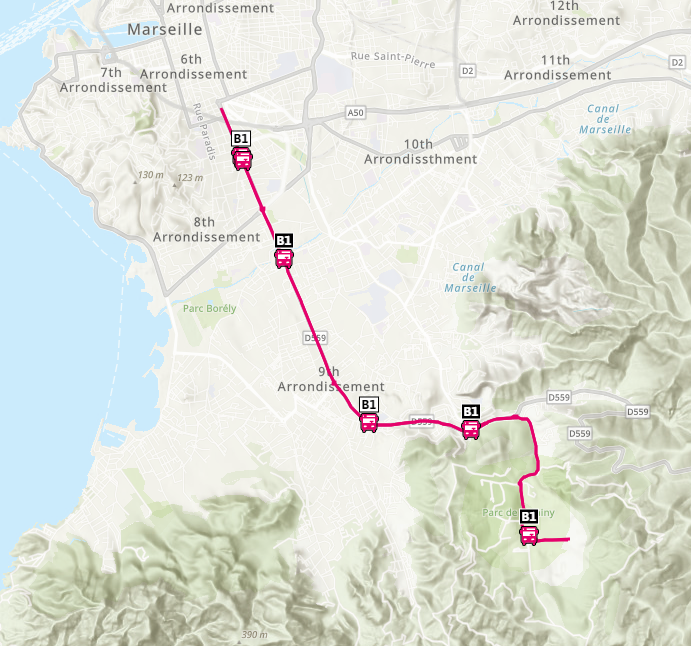
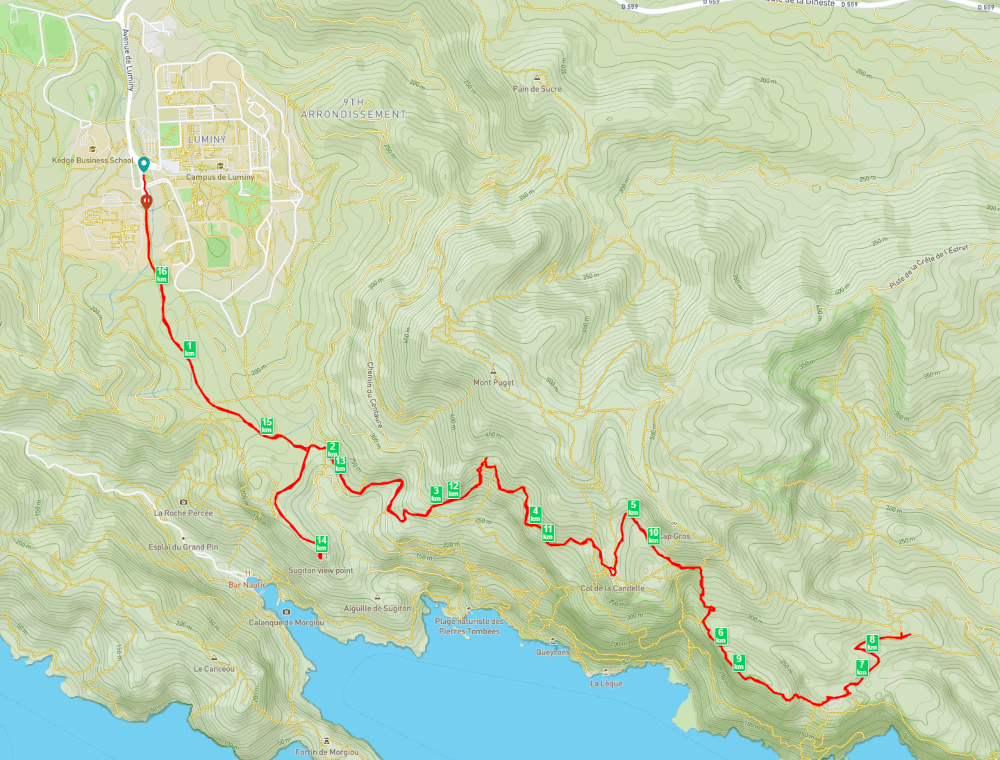
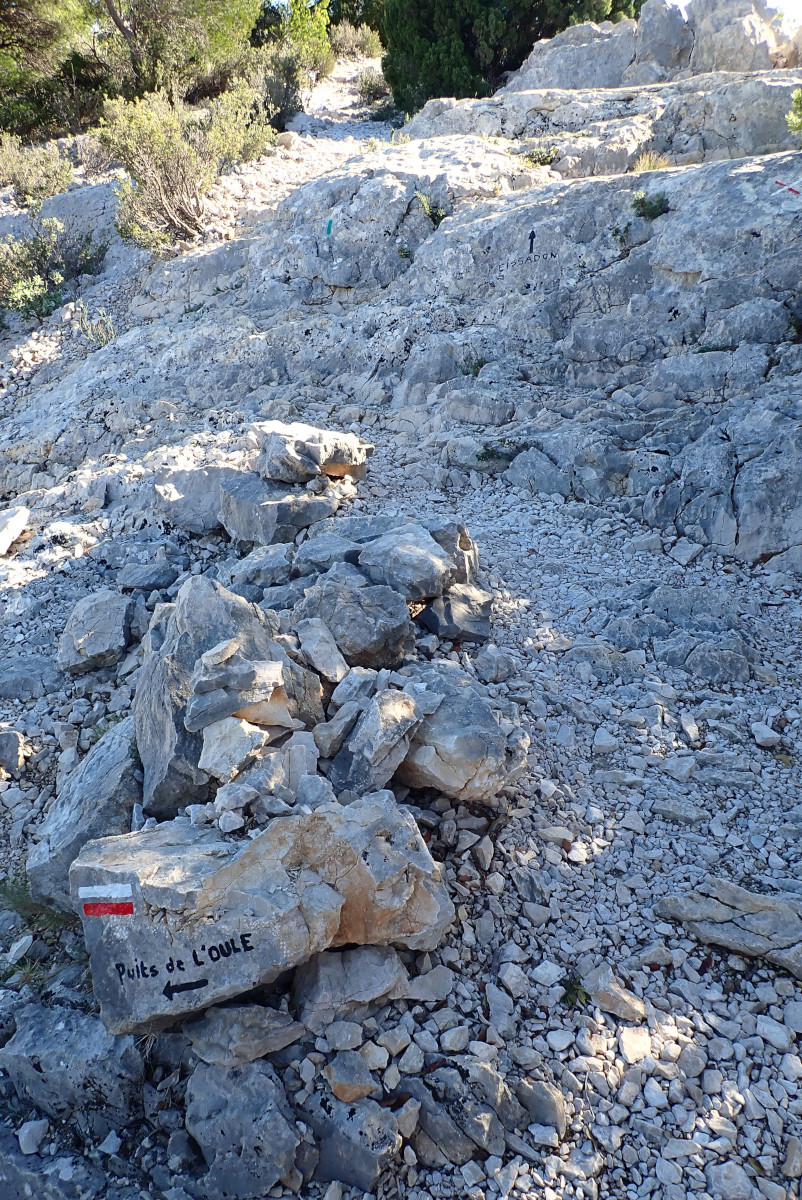
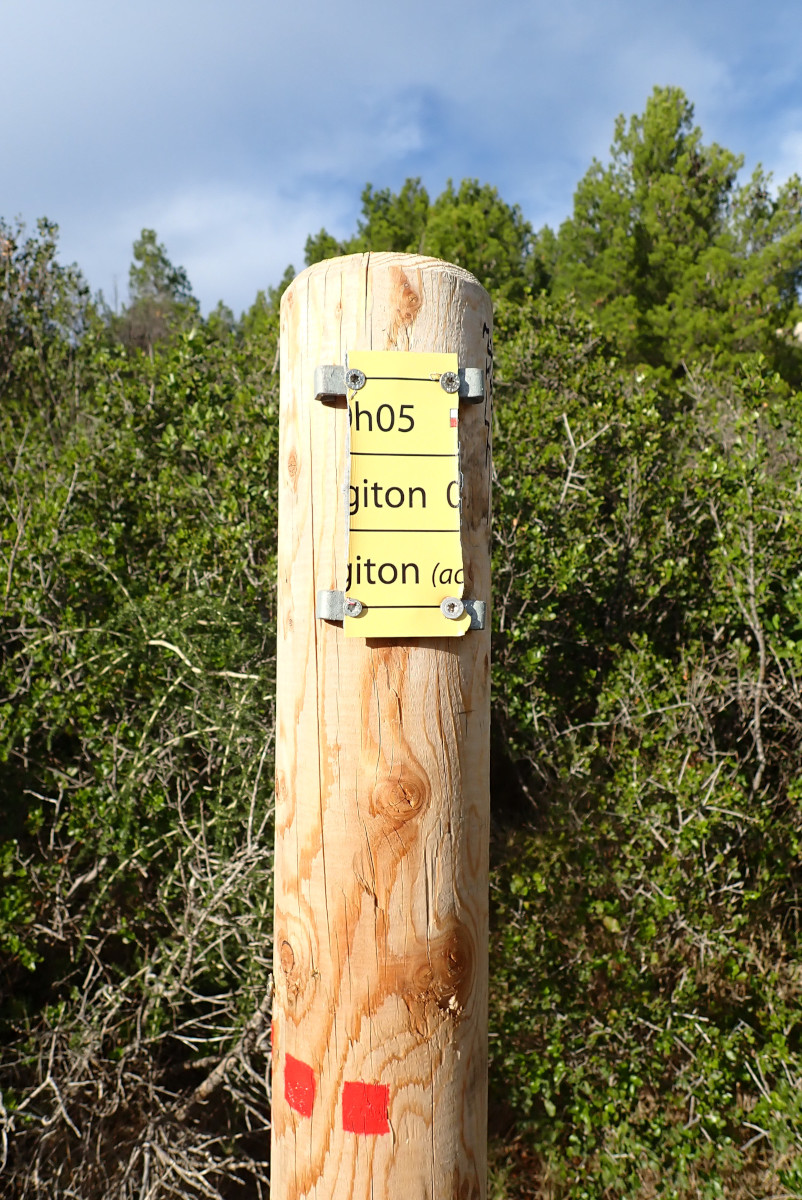
- The replica of The Cosquer Cave in Villa Méditerranée offers an engaging audio guide in English for a 35-minute boat ride, during which visitors can explore over 400 works on the cave’s walls. Afterwards, there’s a documentary film in an amphitheater that chronicles the cave’s discovery by Henri Cosquer. Unfortunately, the film is in French, and English subtitles are provided on small TVs adjacent to the big screen, making it challenging to watch the film and read the text on the other screens simultaneously. Another disappointment awaited us in the next room, where short films depicted the step-by-step creation of the cave’s replica without any English subtitles. Additionally, a presenter explained the techniques used to replicate the original cave, but once again, only in French. This was similar to the rest of the text displayed on the gallery walls. Therefore, we felt as though we couldn’t fully experience what the museum is offering.
Subscribe via RSS

